
E-mail: font@focusonnature.com
Phone: Toll-free in USA 1-888-721-3555
or 302/529-1876
 |
PO
Box 9021, Wilmington, DE 19809, USA E-mail: font@focusonnature.com Phone: Toll-free in USA 1-888-721-3555 or 302/529-1876 |

Desert
Plants
in the
western United States
and northern Mexico
and some plants in
other nearby habitats
with those during
Focus On Nature Tours
thru 2015
noted with an (*)
during tours in the months of
January, March, April, May,
July, August, and September
The following list of
desert plants of the
Southwest United States and northern Mexico
compiled by Armas Hill
Photo at right:
OCOTILLO, Fouquieria splendens
during a FONT tour in Sonora, Mexico
(photograph by Doris
Potter)
FONT tours in the deserts of the
western US & northern Mexico have been in Arizona, California, Colorado, New
Mexico, & Texas in the US, and in Sonora in Mexico.
In the list that follows, below the scientific names are names in English and Spanish (S:)
The families in the list are given (mostly) in alphabetical order, and genera
within them are given alphabetically as well.
Families that are "break-offs" from other families follow them,
may be out of alphabetical order.
Links to Plant Families in this List:
AGAVACEAE - Agaves & Yuccas
(were said to be part of the Lily Family - LILIACEAE)
also NOLINACEAE
AIZOACEAE - Fig Marigolds & Carpet-weeds
AMARANTHACEAE
(closely related to CHENOPODIACEAE - the Goosefoots)
including Tumbleweed,
Winterfat, Pickleweed
APODANTHACEAE (some endoparasitic herbs) including Thurber's Stemsucker
ARISTOLOCHIACEAE - Bladderwort, Birthwort, or Pipevines
ASCLEPIADACEAE - Milkweeds (now included in APOCYNACEAE - the Dogbanes)
ASTERACEAE.
COMPOSITAE - Asters & Sunflowers
including Goldenheads,
Glandweeds, Bursages, Sagebrush, Desert Broom, Desert Marigold, Sweetbush,
Pincushions, Rabbitbrushes, Thistles, Tickseeds, Brittle Bushes, Sunrays,
Fleabanes, Blanketflowers, Snakeweeds, Desert Stars, Groundsels,
Zinnias
BERBERIDACEAE - Barberries
BIGNONIACEAE - Bignonias, Trumpet Creepers,
Catalpa
BIXACEAE - Lipstick Tree Family including
Yellowshow
BORAGINACEAE - Borages including Fiddlenecks, Cryptanthas, Heliotropes, Popcorn Flower, Crinklemats
BRASSICACEAE, or CRUCIFERAE - Mustards
including Desert Candle,
Spectacle-pods, Wallflowers, Peppergrasses, Bladderpods, Desert Plume,
Jewelflower
BURSERACEAE - Torchwoods including Elephant Tree
CACTACEAE
- Cacti including
Saguaro, Cotton-top Cacti, Hedgehog Cacti, Button Cacti, Barrel Cacti, Peyote,
Chollas, Prickly Pears, Cardon (or Elephant Cactus), Desert Night-blooming
Cactus, Fish-hook Cacti
CAMPANULACEAE - Bellflowers
CAPPARACEAE - Capers
CHENOPODIACEAE - Goosefoots
CISTACEAE - Rockroses
CONVOLVULACEAE - Morning Glories
CRASSULACEAE - Stonecrops
CROSSOSOMATACEAE - Rockflowers
CUCURBITACEAE - Cucumbers, Gourds
CUSCUTACEAE - Dodder
EPHEDRACEAE - Ephedras
EUPHORBIACEAE - Spurges
FABACEAE - Legume,
or Pea or Bean Family including,
among others, Acacias, Lupines, Palo Verdes, Mesquites, Mimosas
FUMARIACEAE - Fumitory Family
GERANIACEAE - Geraniums
KRAMERACEAE - Ratanies
LENNOACEAE - Lennoas
LILIACEAE
- Lilies (Agaves, Nolinas, and Yuccas were included in this family)
LINACEAE - Flaxes
LOASACEAE - Stickleaves
MALVACEAE - Mallows
MALPIGHIA
MARTYNIACEAE - Unicorn Plants (merged with PEDALIACEAE, Sesemes)
NYCTAGINACEAE - Four O' Clocks
OLEACEAE - Olives
ONAGRACEAE - Evening Primroses
OROBANCHACEAE - Broomrapes
PASSIFLORACEAE - Passionflowers
PEDALIACEAE - Seseme Family (now in MARTYNIACEAE, above)
POLEMONIACEAE - Phloxes
POLYGALACEAE - Milkworts
POLYGONACEAE - Buckwheats
PORTULACACEAE - Purslanes
RANUNCULACEAE - Buttercups, Crowfoots
RHAMNACEAE - Buckthorns
RUBIACEAE - Madders
RUTACEAE - Citrus, Rue
SAPINDACEAE - Soapberries
SCROPHULARIACEAE
- Snapdragons,
or Figworts
SIMMONDSIACEAE - Jojobas
VERBENACEAE - Vervains, Verbanas
VISCACEAE, or LORANTHACEAE - Mistletoes
AN ALPHABETICAL DIRECTORY OF PLANT GENERA IN THIS WEBSITE NOTING FAMILIES
Codes:
CD: in the Chihuahuan Desert (in Mexico & the US)
GD: in the Great Basin Desert (in the US)
PD: in the Painted Desert (in the US)
(said by some to be a southern part of the Great Basin Desert)
MD: in the Mohave Desert (in the US)
SD: in the Sonoran Desert (in the US & Mexico)
(ph): species with a photo in the FONT web-site
Numbers noted as (NW:xx) refer to pages with
photos in the "National Wildlife Federation Field Guide to Wildflowers
of North America", by David Brandenberg, 2010.
In this list, Spanish names follow the letter S:
FOLLOWING THE PRIMARY PART OF THIS LIST IS ANOTHER WITH TREES, FLOWERS, and SOME OTHER PLANTS IN HIGHER COUNTRY NEAR THE DESERTS:
THE FLORA OF "ISLANDS IN THE SKY"
AND DESERT GRASSES
Other Links:
Information about
Upcoming FONT Birding & Nature Tours:
in North America
by month in: 2015
or:
by geographic locations worldwide
Lists and Photo Galleries in this Website of Other Nature:
Birds in: Arizona
California Colorado
Texas Sonora, Mexico
Mammals: Arizona California Colorado Texas Mexico
Amphibians & Reptiles in: Arizona Texas Mexico
Butterflies
in: Arizona
Texas Mexico:
a list & photo gallery in 2 parts
Other Lists & Photo Galleries in this website relating to
Plants:
Wildflowers & Other Plants in Texas Wildflowers & Other Plants in Eastern North America
Plants of the West Indies Fruiting Plants and Others in Brazil Wild Orchids in the Americas
Links to Other Lists & Photo Galleries of Plants Directory of Photos in this Website
A List of Desert Plants
of the western US & northern Mexico:
Family
ACANTHACEAE (Acanthus)
Genus ANISACANTHUS

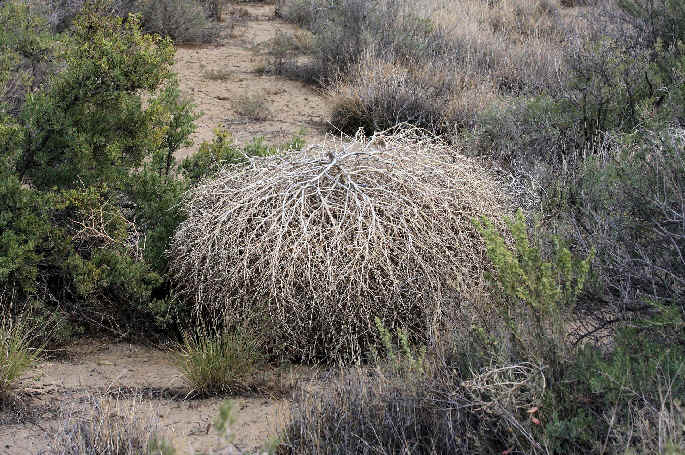
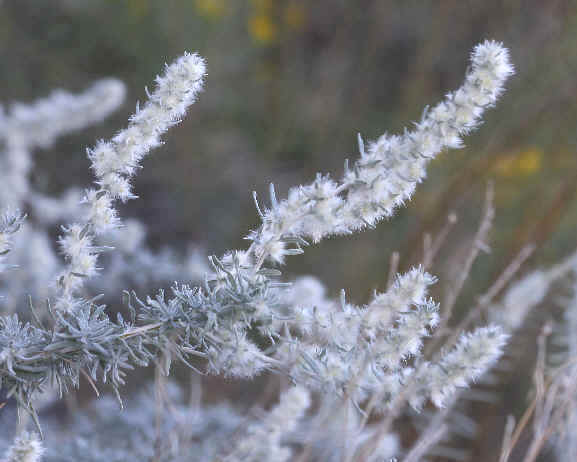

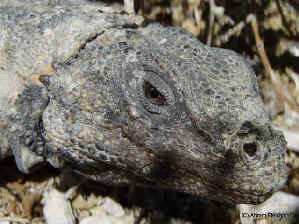
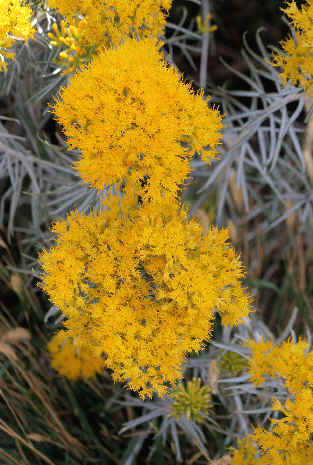
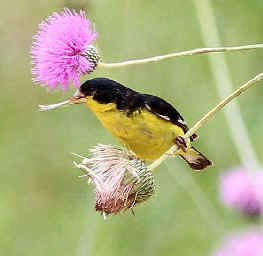


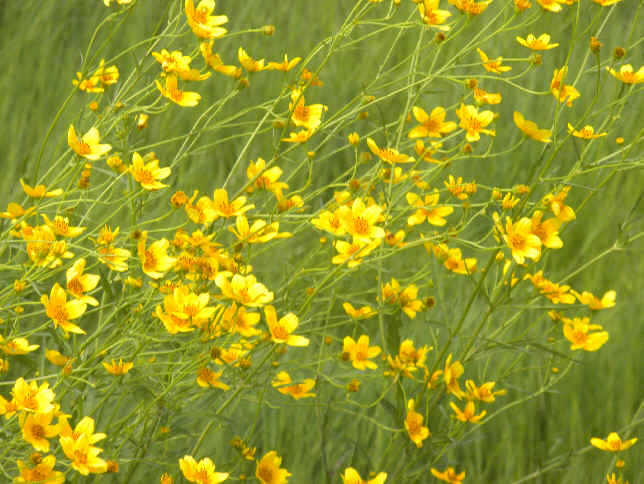
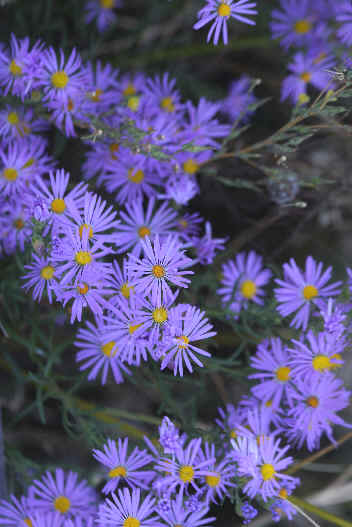
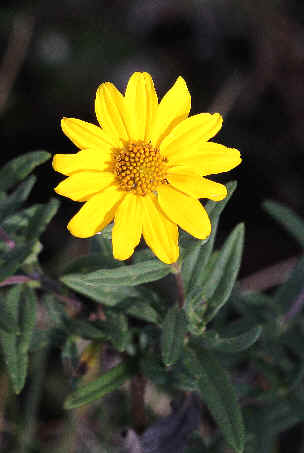

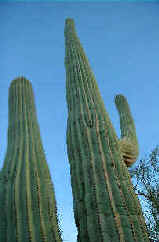
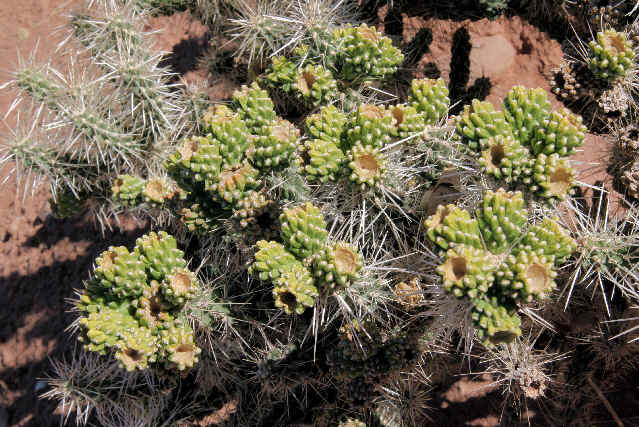


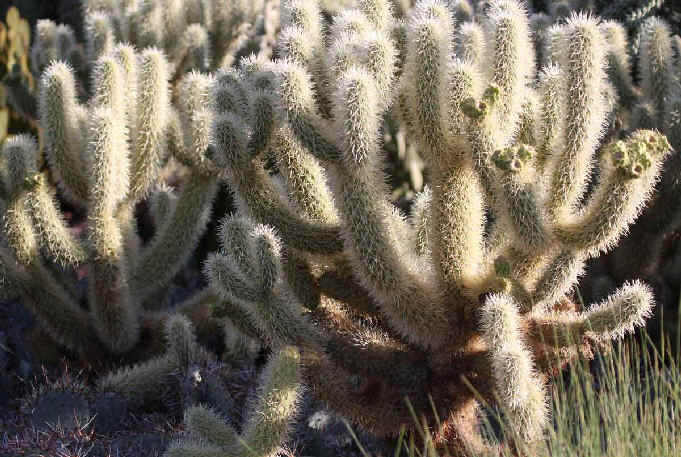
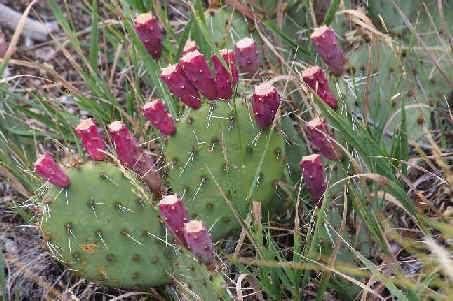

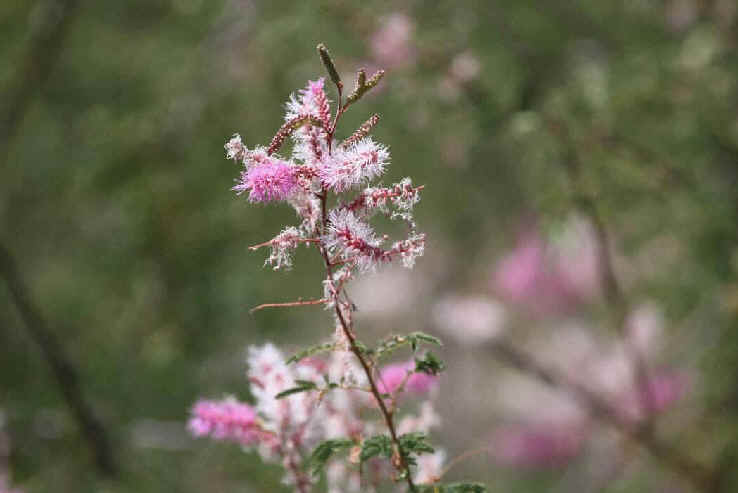
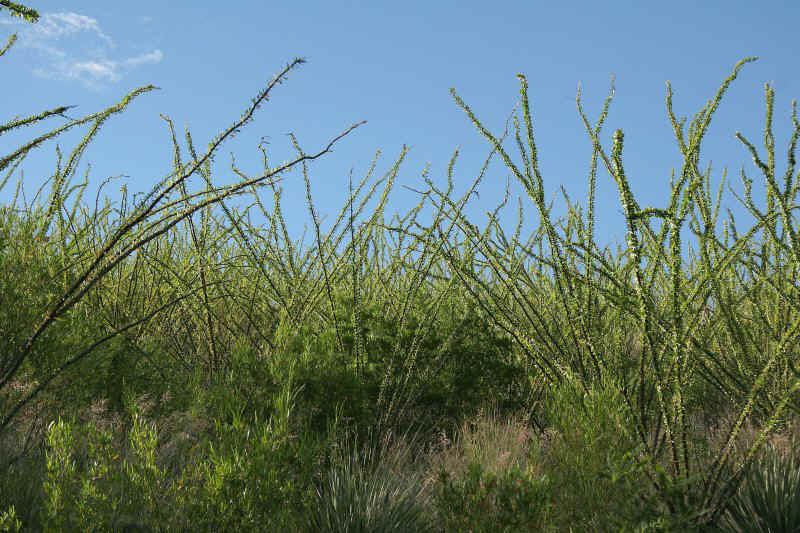
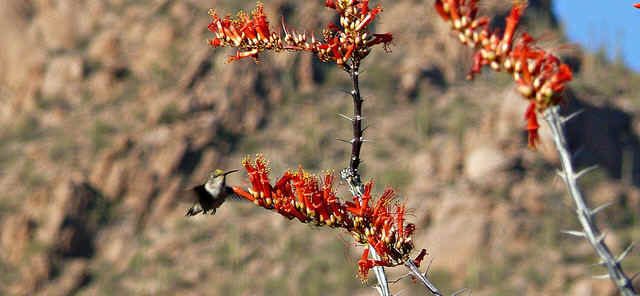
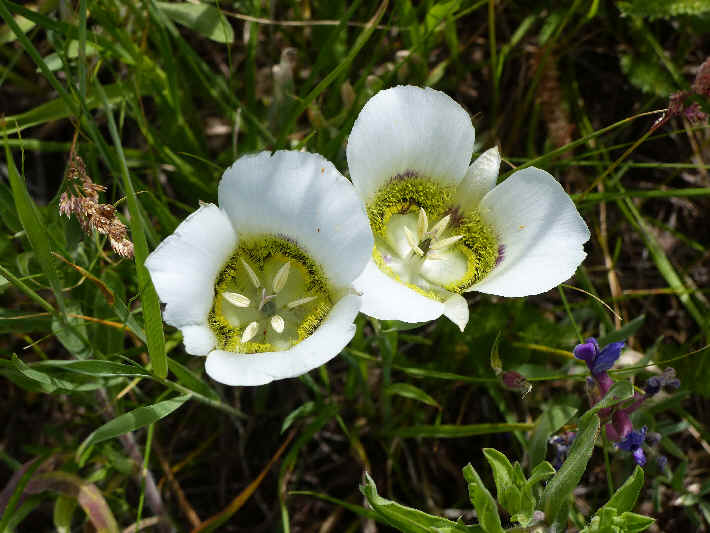
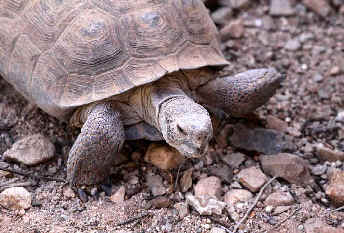


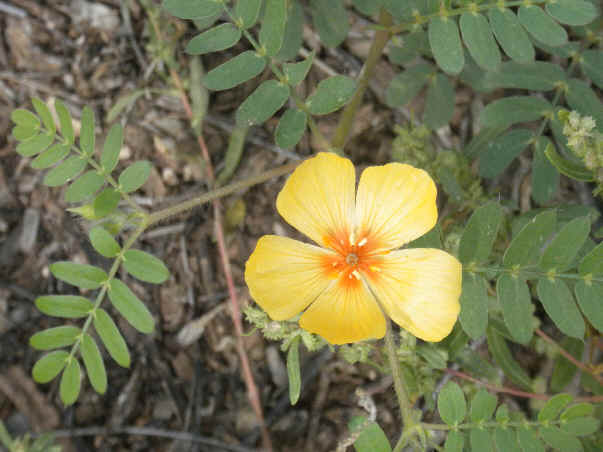
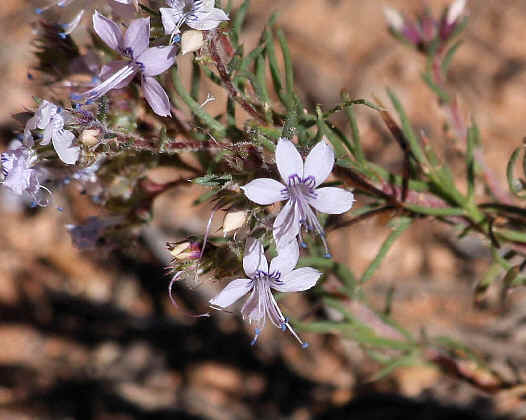
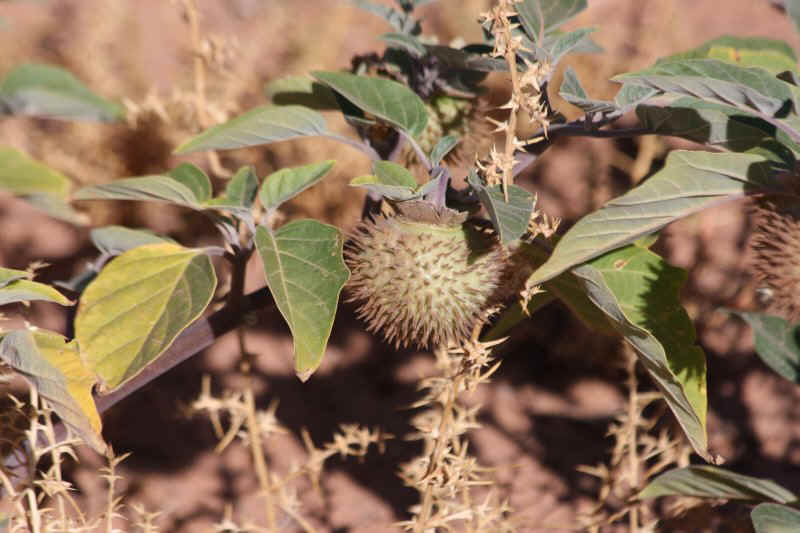

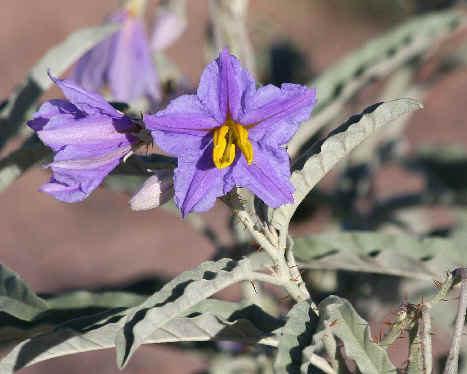
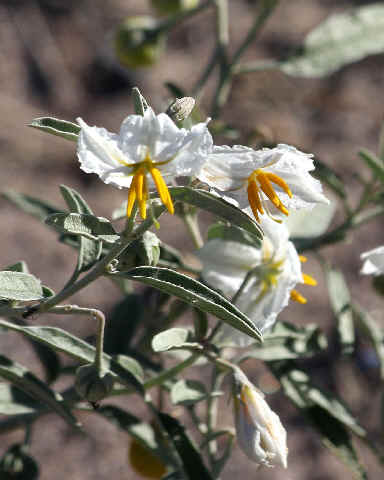
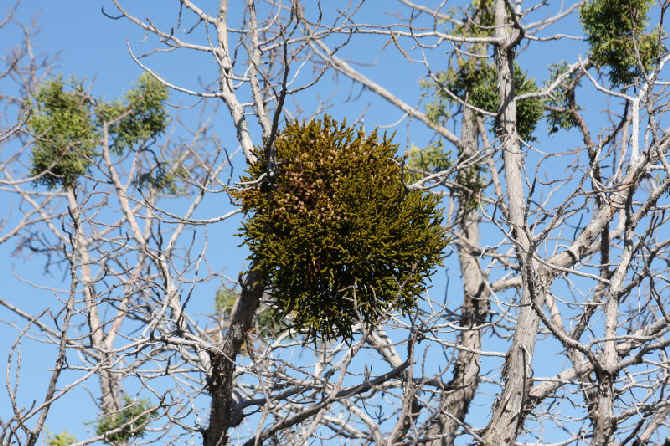
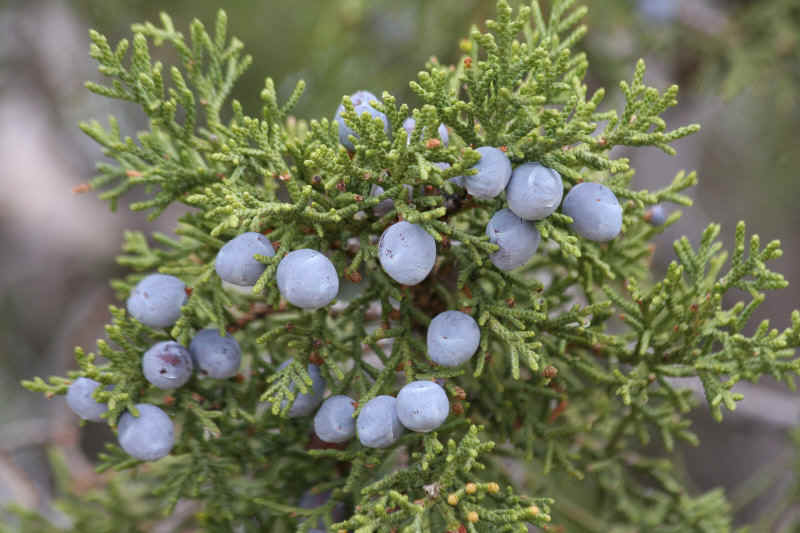
![]()